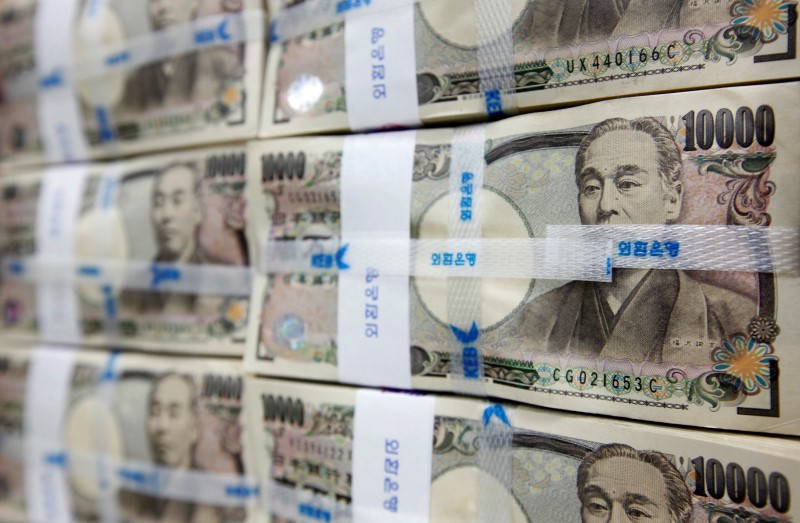(Bloomberg) -- Japan’s cabinet approved a record initial budget for the year starting in April that offers up some measures aimed at promoting Prime Minister Fumio Kishida’s new vision of capitalism, while still adding to the developed world’s largest debt burden.
For the year ending March 2023, Japan plans 107.6 trillion yen ($940 billion) in overall spending, a 0.9% increase from the current year’s initial budget, the finance ministry confirmed Friday. Actual spending will likely rise higher, given the possibility of extra budgets, three of which were drafted last year amid the pandemic, adding 73 trillion yen to total spending.
Big ticket items include burgeoning social security spending of 36.3 trillion yen, debt servicing of 24.3 trillion yen, ramped-up defense outlays and reserves to deal with the coronavirus and its variants.
Read More: Japan Approves Record Defense Budget Amid China Threats
Beyond those, the budget includes 1.4 trillion yen set aside for promoting science and technology, and funds for updating IT systems via the digital agency. On the distribution side, nurses, caregivers and kindergarten workers’ wages were raised 3%.
“This is Kishida’s first initial budget, and it reflects what he calls his new form of capitalism,” said economist Atsushi Takeda at Itochu Research Institute. “But on the growth side, things are a little lacking in impact.”
Given Japan is expected to have the slowest growth rate among Group of Seven nations next year according to the International Monetary Fund, Kishida is under pressure to make sure Japan’s pandemic recovery remains on track. He must also walk a fine line between seeking longer term fiscal health, while spending enough to both support the economy in the short term, and ensure growth in the long term.
The pandemic has forced Japan to add to its mountain of public debt, with another 36.9 trillion yen of debt to be added next year, though that is sharply down from the 43.6 trillion yen required to finance the current year’s initial spending plan. Even before last month’s extra budget, the IMF saw public debt hitting 256.9% of gross domestic product this year.
Next year’s budget also includes another 5 trillion yen in reserve funds for responding to the coronavirus’s spread.
So far Japan has managed to avoid major outbreaks of the new omicron variant of the virus that is rampaging through the U.S. and U.K., but that situation could also swiftly change.
After finding the first case of community spread of omicron this week in western Osaka prefecture, another case was found in neighboring Kyoto on Thursday. With its borders effectively closed off to new foreign visitors, most of the nation’s cases have come from travelers and have been discovered through airport testing, with total cases of the variant surpassing 100 for the first time this week.
Japan Finds Another Case of Community Spread of Omicron in Kyoto
If omicron spreads the way it has elsewhere, Japan may be forced to quickly draw on its reserve funds, while also re-introducing restrictive measures that would in turn hit the economy.
For Kishida, who faces a summer election next year, his handling of the new variant could make or break his ambition of avoiding becoming another entry in a long list of short-term Japanese prime ministers.
Here’s the breakdown of next year’s budget expenditures:
- 67.4 trillion yen in general spending, including:
- 36.3 trillion yen for social security
- 5 trillion yen for a coronavirus response reserve fund
- Debt servicing of 24.3 trillion yen
- 15.9 trillion yen in transfers to regional and local governments.
On the income side, bond issuance is planned to decrease from this year’s record levels as tax income is expected to rise to record levels. Funding from debt will fall to 34.3% of the total, compared with 40.9% in 2021. The finance ministry plans to offer a total of 215 trillion yen worth of government bonds next fiscal year, the majority of which will be refinancing bonds.
Here’s the breakdown of fiscal 2021’s projected income:
- 65.2 trillion yen in tax revenue.
- 36.9 trillion yen in revenue from new bond issuance
- 5.4 trillion yen from other sources.
©2021 Bloomberg L.P.
